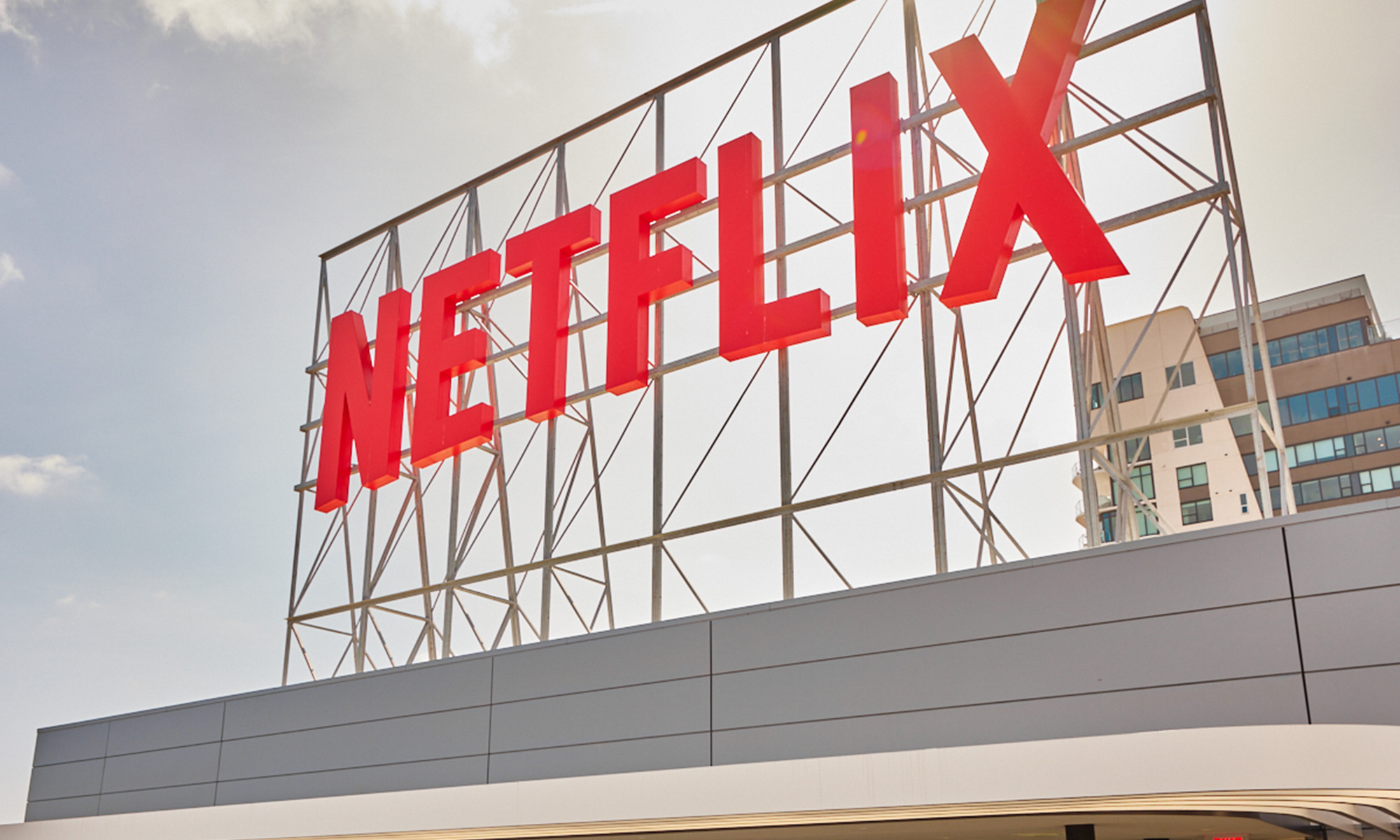Netflix (NFLX 0.03%) added fewer new subscribers in the U.S. and Canada during the fourth quarter than management originally anticipated. Just 550,000 new members joined the streaming service last quarter, compared to 1.75 million in the fourth quarter of 2018.
Granted, Netflix had a couple of factors working against it. It raised subscription prices in the spring of 2019, and management noted the new competition may have had an impact as well. Investors may be worried that Netflix lacks the ability to grow much beyond the low end of its long-term view for 60 million to 90 million U.S. subscribers.
But there are at least three factors that could enable Netflix to slowly, but surely continue climbing in its most saturated market.

Image source: Netflix
1. The growth of connected TV
Netflix subscribers in North America spend the overwhelming majority of their time on the service streaming directly to their television sets. Roughly 70% of global viewing takes place on television sets, and it's likely higher in more developed markets like the U.S. and Canada.
While connected TV devices have increased in popularity over the last few years, there's still a big opportunity for growth. More than one-third of U.S. and Canadian households don't have any way to stream video on their TVs, according to data from TiVo.
As consumers upgrade to smart TVs or opt for stand-alone streaming players, Netflix and other streaming services may become more appealing. That could enable the industry to push past a plateau it hit, where 71% of broadband households subscribe to a streaming service, according to Parks Associates. Netflix's penetration rate is 50%, well ahead of its competitors.
The shift to more connected-TV devices could stem from continued cord-cutting, a broader appeal of streaming as more competitors enter the market, or both. And Netflix should be able to capitalize as a result.
2. Building new partnerships with distributors
Netflix isn't waiting around for consumers to adopt connected-TV devices -- it's going out and striking deals with pay-TV distributors, internet service providers, and mobile operators. Netflix product chief Greg Peters found partnerships effective at reaching "a customer segment that, while we're probably growing with them in general, we can actually accelerate that growth."
Some partnerships are as simple as getting the Netflix app on a pay-TV distributor's set-top box. That removes the need for potential subscribers to buy new equipment to stream Netflix, and it makes it easy to discover. Some partnerships with pay-TV distributors include Netflix in the actual channel bundle, so subscribers don't receive a separate bill for their Netflix subscription.
Netflix has also strategically partnered with mobile operators and internet service providers to bundle a Netflix subscription with an existing service that customers already use. Those partnerships enable Netflix to reach a broader audience and appeal to more cost-conscious consumers that may balk at its relatively high price compared to some of the new competitors in the market.
3. The growth of 5G broadband to the home
While streaming services' penetration rate of broadband households has plateaued over the past year, the introduction of 5G broadband to the home could expand the addressable market for Netflix and others. The U.S. rural population is about 60 million people, and about a third of them don't have access to broadband internet. That's about 8 million homes.
Last year, T-Mobile (TMUS +0.50%) promised to build out a 5G network offering in-home broadband to 5.6 million rural households within six years of closing its merger agreement with Sprint. The company also promised to offer 10 million underserved households with free home internet.
Overall, T-Mobile expects it could cover 50% of the U.S. population with home broadband service by leveraging excess capacity on its 5G network. T-Mobile and other wireless operators could create meaningful competition for existing broadband service providers, forcing them to offer more competitive pricing. That could open the door for more broadband households.
As more Americans gain access to broadband internet, there's an opportunity for Netflix to add millions of new subscribers without increasing its 50% penetration rate for broadband households.
Combined with easier access to Netflix on television sets, and the ability to easily discover and sign up for the service through partners, the company should be able to keep growing its subscriber base slowly but surely.







